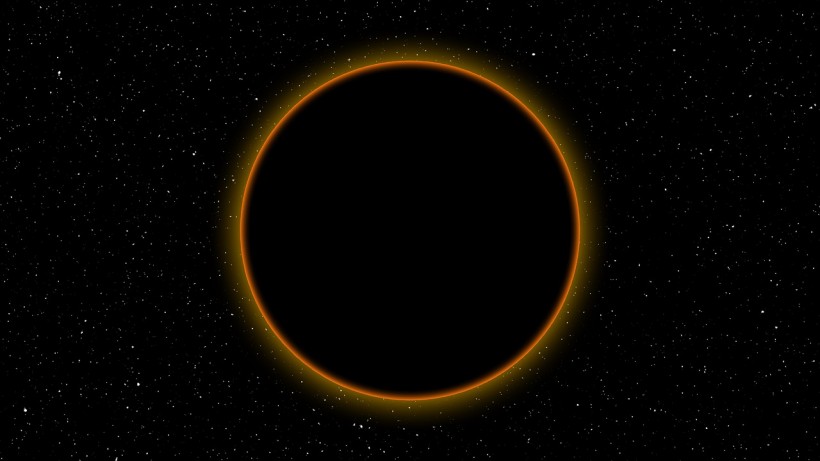There are planets that shower diamonds and planets that are so black that they absorb 94% of visible light. Could there also be planets that are made with mysterious dark matter?
Scientists proposed a new planetary theory that discusses the existence of dark exoplanets. Physicist Yang Bai from the University of Wisconsin led the team and declared that the current mode of exoplanet detection could someday help astronomers detect planets made up of entirely dark matter.

Dark Exoplanets: Scientists Claim There Could Be Planets Made Of Dark Matter Orbiting Stars
Dark Matter on Macroscopic Level
Dark matter is a hypothetical material whose existence can only be deduced from its effects on other things because it cannot be seen or detected in the same way that ordinary or baryonic matter can.
According to Futurism, massive quantities of dark matter might explain why measurements of the cosmos do not reveal it operating as it should. Something must account for the matter disparity, and dark matter is the dominant idea.
The new study focuses on another form of dark matter, although it is usually considered in terms of individual particles. The team of physicists said that composite dark matter structures could potentially exist at a macroscopic level. Estimates point to a structure that is like a planet.
The authors wrote in their study that a macroscopic dark matter state with the same mass and radius as a planet would behave as a dark exoplanet as it orbits around its star.
Moreover, they said that the present method for detecting exoplanets, including analyzing how the planet impacts the light of its host star, could help detect such dark exoplanets. When such planets pass in front of telescopes, their stars' light dims significantly.
Using the same logic, the researchers propose that if observatories discover any disturbance in a star's light that does not appear to match the laws of conventional exoplanets, they may turn out to be highly strange. Specifically, these could be dark exoplanets formed completely of dark matter.
If stars are created in regions of increased dark matter density, the dark exoplanets may bond in situ. Alternatively, the dark exoplanet may be grabbed in the same manner as free-floating planets.
Another theory is that if a free-floating dark exoplanet travels by a star, its interactions with the star might cause it to become bound.
READ ALSO: Black Hole Can Destroy Nearby Quantum States, Physicists Suggest
Collision of Dark Matter Stars May Have Cased Gravity Wave Ripple
Researchers claimed earlier this year that a collision between two unidentified 'dark matter stars' may have been responsible for a gravity wave 'ripple' that reached Earth last year, Yahoo! News reports.
Gravity waves are ripples in the fabric of spacetime that move at the speed of light and are caused by very violent events such as a black hole or neutron star collisions.
But researchers from the Galician Institute of High Energy Physics (IGFAE) and the University of Aveiro said the signal detected last year may have had a far more mysterious origin.
They wrote in their study published in Physical Review Letters that the signal might have been produced by the collision between boson stars, which are hypothetical objects made of dark matter. Like dark matter, Boson stars have never been detected before, but a collision between two could create their gravitational wave.
RELATED ARTICLE: Black Hole Spewing a Fiery Jet at Another Galaxy, Depleting Fuel Needed for Star Formation
Check out more news and information on Space in Science Times.














